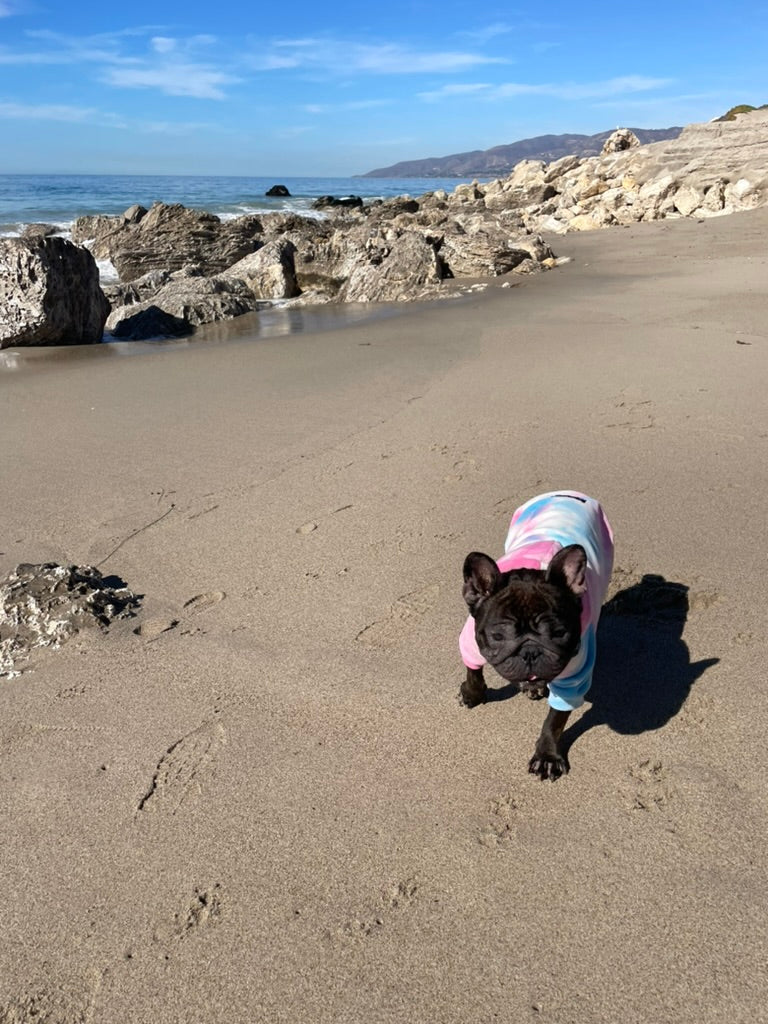Emergencies can happen at any time, and being prepared is crucial, especially when it comes to our canine companions. In this essential guide, Cleo&Hooman provide you with the basics of canine first aid. Understanding how to handle common emergencies can make a significant difference in ensuring the safety and well-being of your furry friend.
1. Creating a Dog First Aid Kit
- Essential Items: Include bandages, antiseptic wipes, tweezers, scissors, a thermometer, and a blanket.
- Medications: Consult your vet about safe pain relievers and any specific medications your dog may need.
- Contact Information: Have your vet’s number and the nearest animal emergency clinic readily available.
2. Handling Common Injuries
- Cuts and Scrapes: Clean with antiseptic and apply a bandage. Watch for signs of infection.
- Sprains and Strains: Rest is crucial. Apply a cold compress if swelling is present and consult a vet if limping continues.
3. Dealing with Poisoning
- Recognize Symptoms: Look out for vomiting, diarrhea, drooling, or seizures.
- Immediate Action: If you suspect poisoning, contact your vet or a poison control center immediately.
4. Choking Hazards
- Identifying Choking: Signs include difficulty breathing, pawing at the mouth, or a blue tint to the lips.
- Intervention: If safe, look inside the mouth for any obstruction and carefully remove it if possible. If not, rush to a vet.
5. Heatstroke and Hypothermia
- Heatstroke: Move your dog to a cool area, apply wet towels, and provide small amounts of water.
- Hypothermia: Warm your dog gradually with blankets and warm (not hot) water bottles.
6. CPR for Dogs
- When Necessary: Use if your dog is not breathing and has no heartbeat.
- Procedure: Place your dog on its side, check for obstructions in the mouth, then perform chest compressions and rescue breaths. Familiarize yourself with the detailed procedure appropriate for your dog’s size.
While we hope you never have to use these first aid tips, being prepared can help you stay calm and effective in an emergency. Remember, first aid is not a substitute for veterinary care, but it can be vital in stabilizing your dog and preventing further harm on the way to professional treatment. Stay safe, and give your dog an extra pat for us at Cleo&Hooman!






